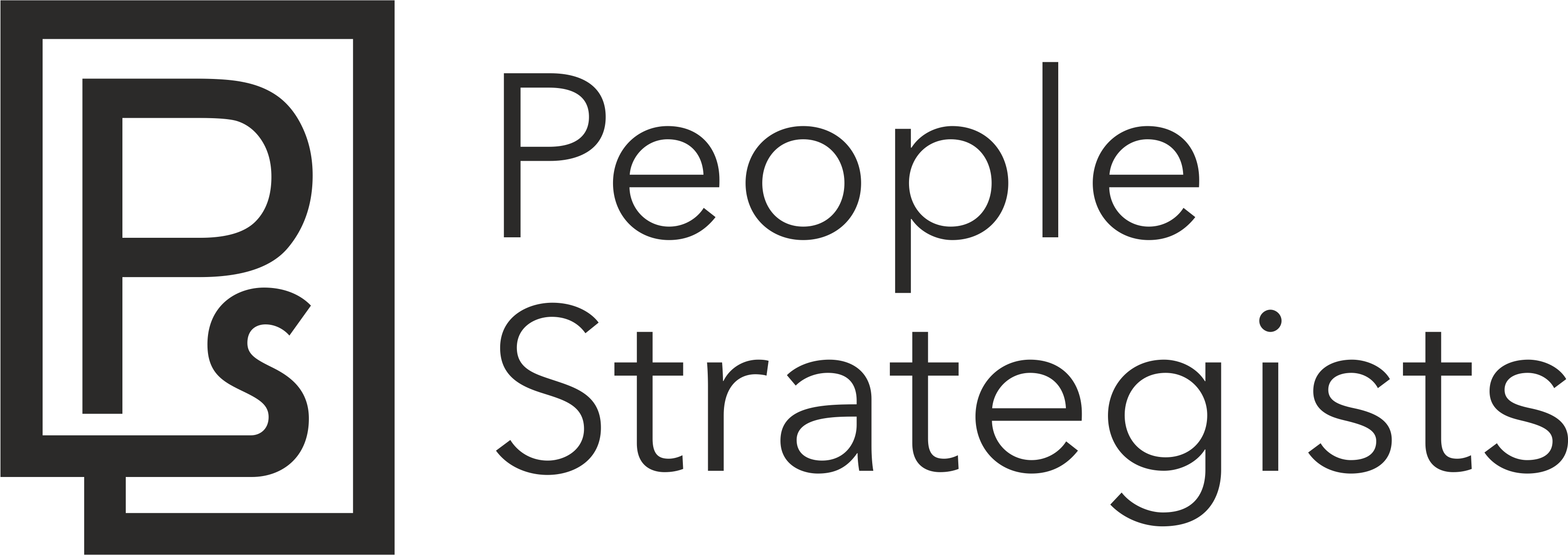This program builds on how to work within an integrated performance and competency system, plan performance scientifically, design good review mechanisms and dovetail this with the processes of competency management.
- Get a comprehensive, information packed courseware during the program and for back home use
- Learn from the industry experts who have a vast experience in the area of HR
- Network with other professionals with same background and interest
- Brand yourself as a certified performance and competence developer
- Your satisfaction is guaranteed
- Learn Competency Iceberg Model to understand the minds of high performers
- Create well developed competency maps for scientific competency assessment
- Understand the science and art of Behavioral anchored rating scales – globally accepted as the
- most scientific method of behavior assessment
- Learn 4 major types of performance measurement and where you can use each type to universally structure KPIs in your organization
- Learn how a PCMS works and how to improve your performance management system
- To develop balanced performance appraisal system for development results and change management
- Learn what is an assessment center and how to design an assessment center
- To understand how to integrate your performance review system with the training plan of the organization
Program Outline
- What is Competency
- Competency Iceberg Model
- Classification of Competencies – Behavioral and functional
- Measurement of Competency through Behaviorally Anchored Rating Scale
- Performance Aspects include output, input, time, focus, value added aspect
- Types of Performance Measurement include subjective vs objective measures, leas, lag, diagnostic measures, efficiency vs effective measures, internal vs benchmarked vs customer focused
- Performance and Competence Management as a Concept
PCMS Model
- Performance planning through KRA’s, Activity plans, performance measures
- The Balanced Scorecard perspectives – financial, customer, internal process, learning & growth
- Cascading process
- The Balanced Scorecard Measures like revenue per employee, value added per employee,percentage revenue from new customers, customer loyalty and profitability, response time to customer requests, training investment per customer, motivation index
- What is a Competency Map/Framework
- Types of Framework – core framework, role based, menu style
- Uses of Competency Framework – tool in recruitment and selection decisions, used to focus
- personal training and development programs
- Creating a competency Map – analysis of functional and behavioral skills, adding BARS
Quan Competence Framework - Threshold Trait Analysis – mental, learned and motivational traits
Using BARS for Competency Maps - Implementing the Mapping Process
- Model for Performance Review includes results, developmental and change management
- Perspective Involved in Performance Reviews like formal, peer, self, upward assessment,360 degree feedback
- Performance Rating Methods like essay, graphic, critical incident, forced choice etc.
- Common Problems with Rating like halo, horn, recency, central tendency, contrast, leniency etc.
Legal Aspects of Performance Appraisals
- What are Assessment Centers – at organizational and individual level
- Historical Perspective on Assessment Center
- Basic Steps Followed in an Assessment Center
- Types of Techniques Used in Assessment Centers – psychometric tests like Myers Briggs Type Indicator,16 personality factor, perception and preference inventory, in-tray exercises, roleplays etc
- Designing an Assessment Center – mapping competencies, designing exercises and evaluation tools, training assessors
- Assessment Matrix includes feasible assessment methods depending on the final objectives
- From Training to Performance – Identification of Performance Gaps
- Root/Major Cause Analysis – Gilbert’s Model for Individual Diagnosis
- Identifying Causal Factors – Setting Learning Goals and Objectives through ABC learning
- Selecting Best Training Method
- Developing a Good Design by ensuring balance between ABC learning and moderate level of content
- Building Appropriate Evaluation Methodology through Kirkpatrick’s model


